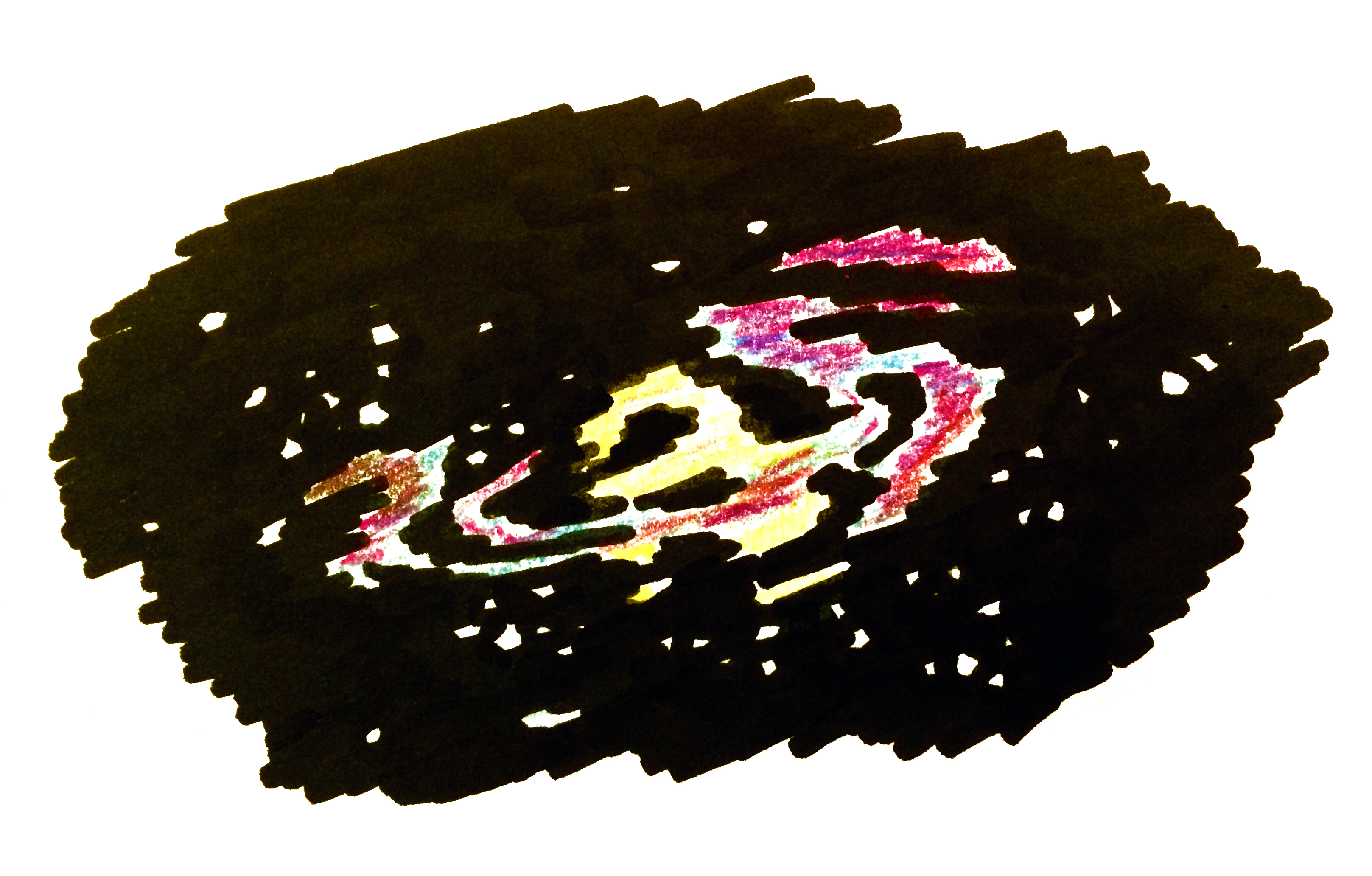
A recent research paper co-authored by astronomers from Harvard and Yale explores a new method of measuring fluctuations in light output from stars in distant galaxies.
By comparing individual pixels from a series of photographs of the M87 galaxy located 53.5 million light-years from Earth, the researchers detected changes in brightness of long-term variable stars — a group of stars whose light output varies. Previously, these slight variations in light output were too small to be modeled. But the findings of the recent paper not only allow researchers to measure the variable stars’ pulsation and the fluctuation of star brightness, but also improve the latest stellar evolution models of the galaxy of interest, M87.
“This is, as far as we know, the first time that the time variation in the integrated light of galaxies — the light of many stars together — has been considered,” said Pieter van Dokkum, study co-author and Yale astronomy department chair.
Titled “Ubiquitous Time Variability of Integrated Stellar Populations,” the paper analyzed images of M87 by combing through the Hubble Space Telescope archive. The researchers compared images taken over the course of three months, and focused on the differences in brightness from the variable stars within individual pixels.
“Typically, people think of more distant galaxies as static images or as steady beacons in the sky,” said Charlie Conroy, co-author of the paper and Harvard astronomy professor.
But because there is a massive number of variable stars within a galaxy, their changes in brightness, no matter how significant, cancel each other out, Conroy explained. In the photographs taken by the Hubble Space Telescope, there are roughly 100,000 to one million stars in a single pixel. Among these stars, there will be on average one or two bright variable stars while the rest give off a relatively constant amount of light, Conroy said. For this reason, the researchers needed to look at the galaxies not as a whole collection of stars on the pixel level, Conroy added.
M87 was far from the “ideal” model for this study, researchers said. According to Jieun Choi, a graduate student at Harvard who co-authored the paper, there are several qualifications a galaxy has to meet to be considered ideal: It has to be sufficiently close, frequently photographed and relatively young. M87 was the only galaxy for which the Hubble Space Telescope had already obtained the required data, van Dokkum said. However, it is an elliptical galaxy predominantly composed of old and low-mass stars, meaning the variable stars give off a weaker pulse compared to that of variable stars in a spiral galaxy.
In future research, the team hopes to apply their findings to nearby spiral galaxies with the data from the Large Synoptic Survey Telescope which will be accessible five to 10 years from now, van Dokkum said. LSST can capture the entire visible sky in matter of days and provide scientists with invaluable images, he added.
“The Sun is about five billion years old, and has about five billion years ahead of it. The stars in M87 are about 10 billion years old, which means we get a preview of our own future by looking at the pulsating stars in this galaxy,” van Dokkum said.
The paper was published in the online edition of the journal Nature on Nov. 16.







